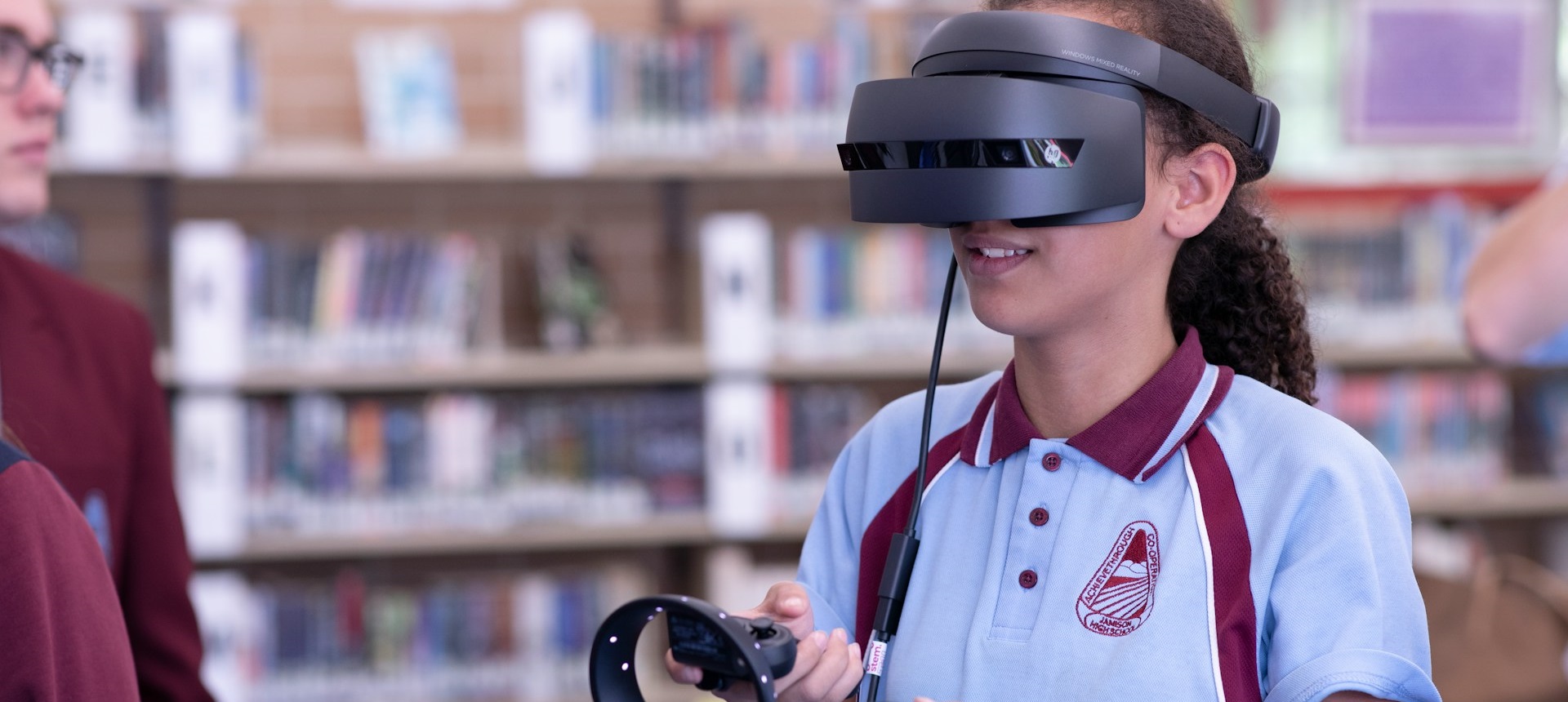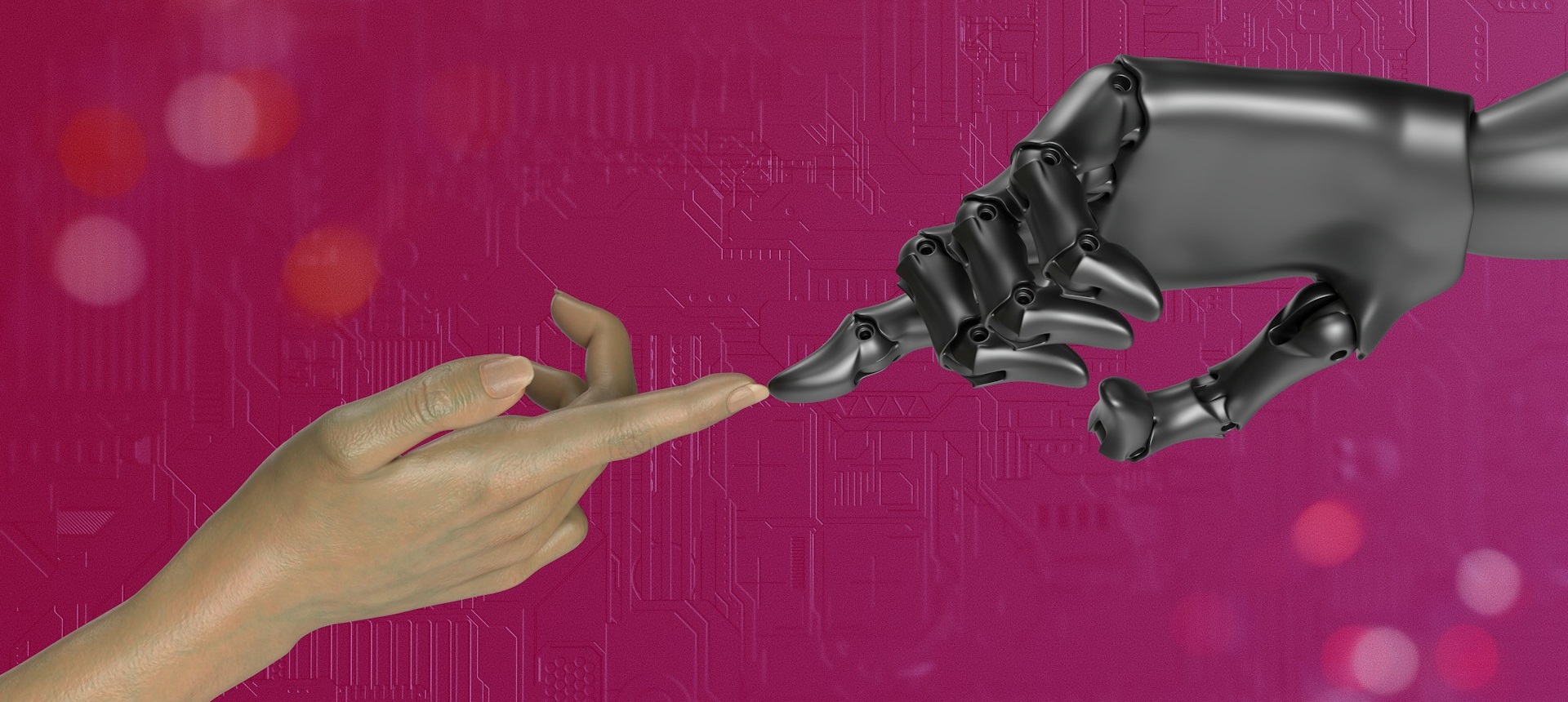1. US Army issues AR goggles to combat dogs
AR is the latest weapon in the US Army’s arsenal. The military is giving AR goggles to its combat dogs to allow them to receive orders at a distance when scouting ahead for explosives and other threats. Currently, soldiers direct their animals with hand signals or laser pointers that require the handler to be close to potential risks.
2. US soldiers also receive AR headsets
Not to be left behind by canine colleagues, soldiers in the US Army have also been supplied with high-tech AR headsets that combine night vision with navigation, targeting and the ability to identify friendly and enemy troops. The Microsoft-designed tech is a rugged military version of its HoloLens heads-up display that combines maps with a targeting reticle.
3. VR helping to redefine cognitive assessment for seniors
VR, in conjunction with AI and volumetric data, is helping mental health providers make more effective cognitive assessments. Care providers have found that headsets are particularly helpful for assessing the well-being of ageing patients isolating during the pandemic.
4. Sony ditches headsets with a VR display visible to the naked eye
Sony has developed a VR display that’s visible to the naked eye and responds to user movements to create a lifelike 3D-viewing experience. The Spatial Reality Display uses a high-speed vision sensor that follows eye motion, an optical lens that ‘divides’ the image up for each eye and a rendering engine to display content smoothly and in real time.
5. Financial services workers find solace and collaboration through VR
The financial sector is enthusiastically adopting VR technologies to recreate office interactions as the pandemic forces office workers to stay at home. Up to 90 per cent of employees are logging in from home in some FS firms. This has led some companies to experiment with VR to make the working day more social and interactive for isolated traders and executives.
6. Car manufacturer eyes greater sustainability through VR design processes
Car manufacturer DS Automobiles claims that VR will make the industry more sustainable. The company’s design director Thierry Métroz says DS already uses VR and 3D modelling for around 80 per cent of its design process. He tells De Zeen magazine: “The process is very sustainable because we don’t need to do a full-size mockup and we don’t use raw materials.”
7. VR lets scientists take a ‘fantastic voyage’ into cells
University of Cambridge researchers working with 3D-imaging company Lume VR have devised a method to allow researchers to ‘shrink’ down and walk around inside cells. The innovative method can offer scientists new insights into microbiological problem-solving and help devise better treatments.
8. VR simulator helps managers practice ‘difficult’ HR scenarios
VR startup Mursion has developed a tool that allows HR teams and other managers train for difficult office situations. The company describes its software as “immersive virtual-reality training for emotional intelligence in the workplace” and lets employees practice managing and de-escalating awkward and stressful office conflicts.
9. Fake trainer trade hit by AR authentication scheme
Canadian AR start-up ARthenix is helping footwear retailers fight the multi-million-dollar black market in fake trainers. ARthenix uses a combination of AR and blockchain to help people verify shoes are authentic using a smartphone app. ARthenix works with retailers to place certificate of authenticity (COA) tags on the shoes before they are sold.
10. Facebook ships its latest, cheapest Quest headset
The Quest 2 is Facebook’s latest VR headset and is a revamped, cheaper version of the Quest device that shipped in 2019. The device is physically similar but comes with a new chipset as well as a better screen and controller battery life. The base model ships for $299 – $100 cheaper than the original Quest.
–
Follow us on Twitter – @ColContent









